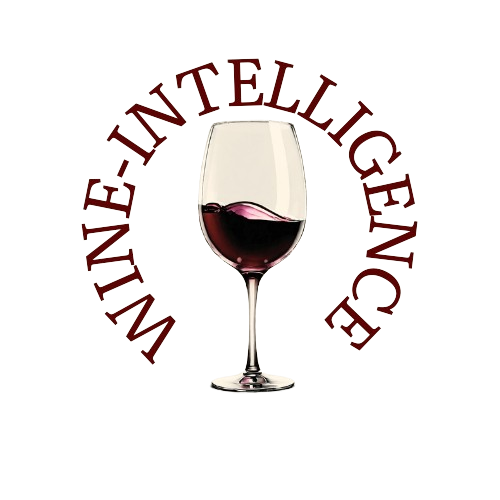The Comité Champagne, the umbrella organization representing the champagne industry, has announced a significant decline in sales figures for Germany and Austria in 2024.
The German market saw a sharp drop of 18.5%, with 9.51 million bottles sold. Austria experienced an even steeper decline of 20.7%, with total sales reaching 1.46 million bottles. On a global scale, champagne sales fell by 9.2%, reflecting broader economic trends and shifting consumer behaviors.
Context of the Decline
Despite these drops, 2024 remains the third strongest champagne sales year in both Germany and Austria, following record-breaking sales in 2022 and 2023. This suggests that while overall volume has decreased, there is a clear trend towards premiumization, with consumers opting for higher-priced products. Economic factors such as inflation and shifts in spending priorities may have influenced purchasing decisions, leading to a more selective approach among buyers.
Impact on the Austrian Market
Austria's champagne sales value declined by 22% compared to the record-setting year of 2023, dropping from 50.1 million euros to 39.1 million euros. Despite this contraction, Austria now ranks 19th among champagne-exporting markets, surpassing China in terms of volume. However, Chinese consumers favored more premium selections, maintaining their lead in terms of total sales revenue.
Broader Implications for the Champagne Industry
The global downturn in champagne sales aligns with a larger shift in the beverage market. After the surge in demand during the post-pandemic recovery years, the industry is now facing new challenges, including economic uncertainty, changing drinking habits, and a growing preference for domestic or alternative sparkling wines.
Producers and distributors may need to adjust their strategies, focusing on brand positioning, premium offerings, and targeted marketing efforts to sustain momentum in key markets. With champagne maintaining its status as a luxury product, the industry will likely continue to evolve, catering to consumers seeking exclusivity and quality over sheer volume.
Conclusion
While the decline in champagne sales in Germany and Austria may seem concerning at first glance, the broader trend towards premiumization suggests a resilient and evolving market. Industry players must remain agile, leveraging this shift to maintain profitability and strengthen their position in an increasingly selective global market.
Source: Der-Winzer

